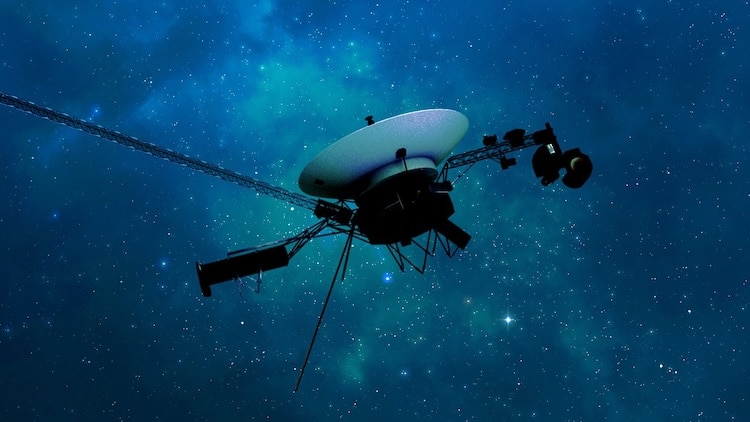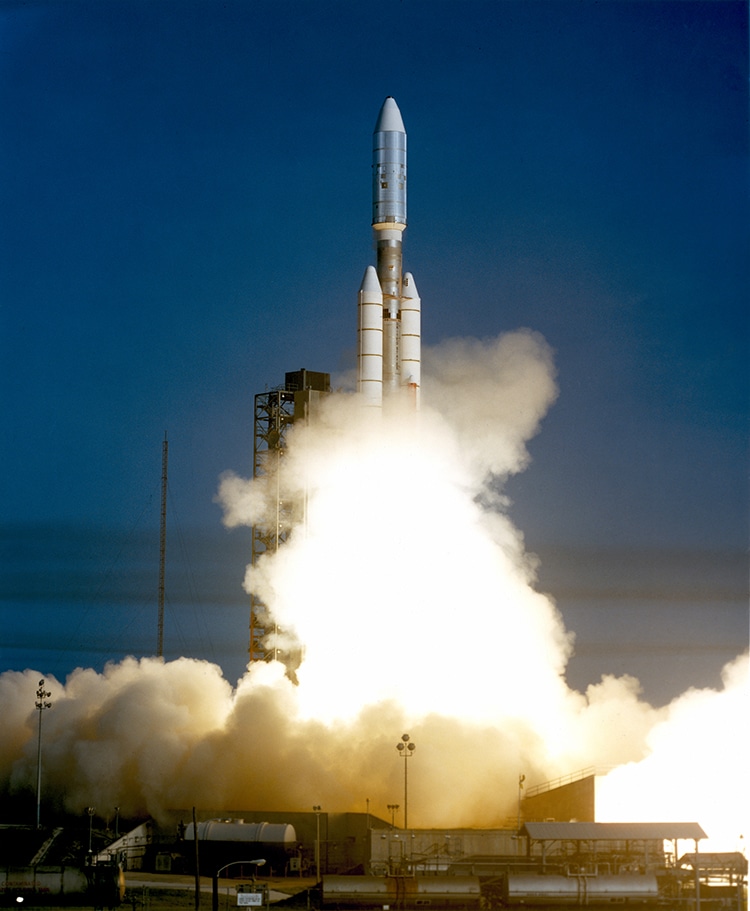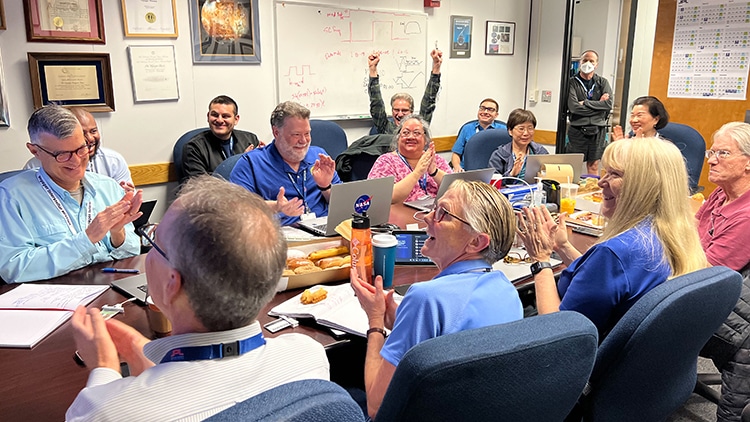
An artist’s vision of Voyager 1. (Photo: NASA/JPL-Caltech)
Since 1977, Voyager 1 has been wandering the corners of our universe. Launched by NASA on a mission to learn more, the craft swung by Saturn in 1980, captured a “solar system family portrait” in 1990, and it crossed what is known as the “termination shock” in 2004. The epic journey of the spacecraft has set countless firsts, including it becoming the first human-made object in interstellar space in 2012, according to NASA. But in November 2023, the space craft stopped returning its normal data to Earth, causing a scramble to rectify the issue. NASA engineers worked quickly to switch up the computer code, and in April 2024 NASA announced the craft is once more sending its engineering reports to our planet.
When the typical communications cut out in November, NASA could still tell that the craft was flying and following its commands. But without returning data to Earth, the craft would not be able to fulfill its mission of enlightening humankind. To solve the issue, NASA’s Jet Propulsion Laboratory (JPL) in California located the issue in one of the computers on the craft, known as the flight data subsystem (FDS). This computer assembles data for transmission to Earth. One chip within the computer was the issue, so the code that chip once carried had to be reassigned. Through impressive coding from Earth, the code was split up into smaller segments and slotted into other chips. Meanwhile, they rerouted other codes to the new locations.
On April 20, the first batch of data returned to Earth by the restored communication. This radio communication would have traveled 15 billion miles from where Voyager 1 currently is. According to JPL, “For the first time in five months, they have been able to check the health and status of the spacecraft.” There are still sections of code to be adapted to make up for the malfunctioned chip and to allow the scientific data that Voyager 1 collects to be beamed to scientists on Earth. However, given that the computers aboard the craft were created before the 1977 launch and are still functioning, Voyager 1 (and its sibling Voyager 2) is already a miracle of computer engineering.
NASA launched Voyager 1 in 1977 to explore our solar system and send back data. It has done an amazing job for decades.

Voyager 1 lifts off in 1977 on the Titan III.(Photo: Wikimedia Commons, Public Domain)
Though the NASA spacecraft lost contact with Earth in November 2023, it has recently regained its ability to communicate with control after some creative coding.

NASA’s Voyager 1 team celebrates receiving an update from the craft. (Photo: NASA/JPL-Caltech)
h/t: [Good News Network]
Related Articles:
Mesmerizing Image of Black Hole in the Milky Way Shows Spiraling Magnetic Field
Scientists Prove They Can Detect Traces of Life in Grains of Extraterrestrial Ice
Images of the Eclipse Taken From Space Show How the Moon’s Shadow Looked From up Above
The Most Spectacular Photos and Videos of the 2024 Great North American Eclipse
